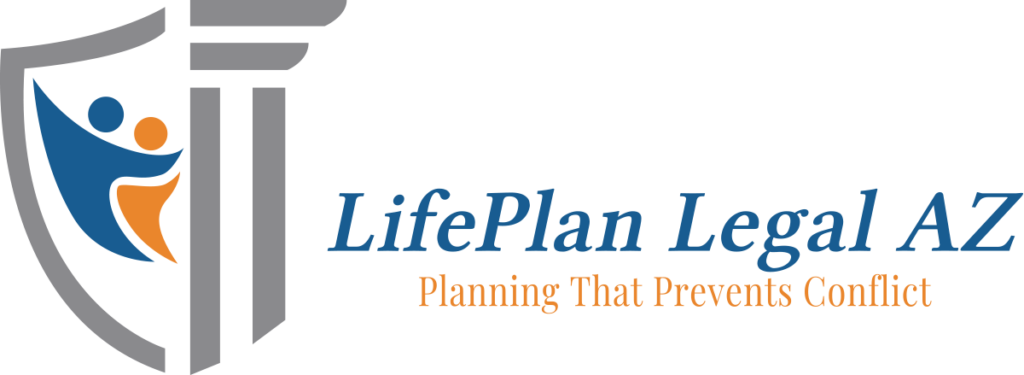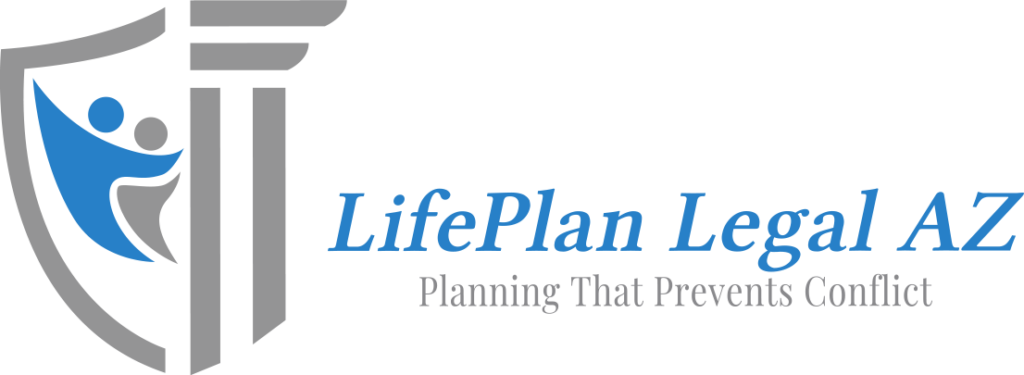How do diabetes screenings work with medicare? You’ll need to get your blood sugar tested to determine if you have prediabetes or type 1, type 2, or gestational diabetes. Testing is simple, and results are usually available fast.
Medicare.gov says in “Diabetes screenings” that Medicare Part B (Medical Insurance) covers blood glucose (blood sugar) lab test screenings (with or without a carbohydrate challenge) if your doctor determines you’re at risk for developing diabetes.
You may be eligible for up to two screenings each year. Part B covers these screenings if you have a risk factor, such as high blood pressure (hypertension), a history of abnormal cholesterol and triglyceride levels (dyslipidemia), obesity, or a history of high blood sugar.
Part B also covers these screenings if two or more of these conditions apply to you:
- You’re 65 or older.
- You’re overweight.
- You have a family history of diabetes (parents or siblings).
- You have a history of gestational diabetes (diabetes during pregnancy) or delivery of a baby weighing more than nine pounds.
Your cost in Original Medicare is nothing for these screenings if your doctor or other health care provider accepts assignment.
Your doctor will have you take one or more of the following blood tests to confirm the diagnosis:
A1C Test. This test measures your average blood sugar level over the past two or three months. An A1C below 5.7% is normal, between 5.7 and 6.4% indicates prediabetes, and 6.5% or higher indicates diabetes.
Fasting Blood Sugar Test. This measures your blood sugar after an overnight fast, and a fasting blood sugar level of 99 mg/dL or lower is normal; 100 to 125 mg/dL indicates you have prediabetes and 126 mg/dL or higher indicates you have diabetes.
Glucose Tolerance Test. This measures your blood sugar before and after you drink a liquid that contains glucose. You’ll fast overnight before the test and have your blood drawn to determine your fasting blood sugar level. You’ll then drink the liquid and check your blood sugar level at hourly intervals.
Random Blood Sugar Test. This measures your blood sugar at the time you’re tested. You can take this test anytime and don’t need to fast (not eat) first.
To learn more about estate planning in the East Valley, Gilbert, Mesa and Queen Creek, schedule your free consultation with Attorney Jake Carlson by using one of the links above.
Reference: medicare.gov “Diabetes screenings”



